Trilha: Daniel Neumann
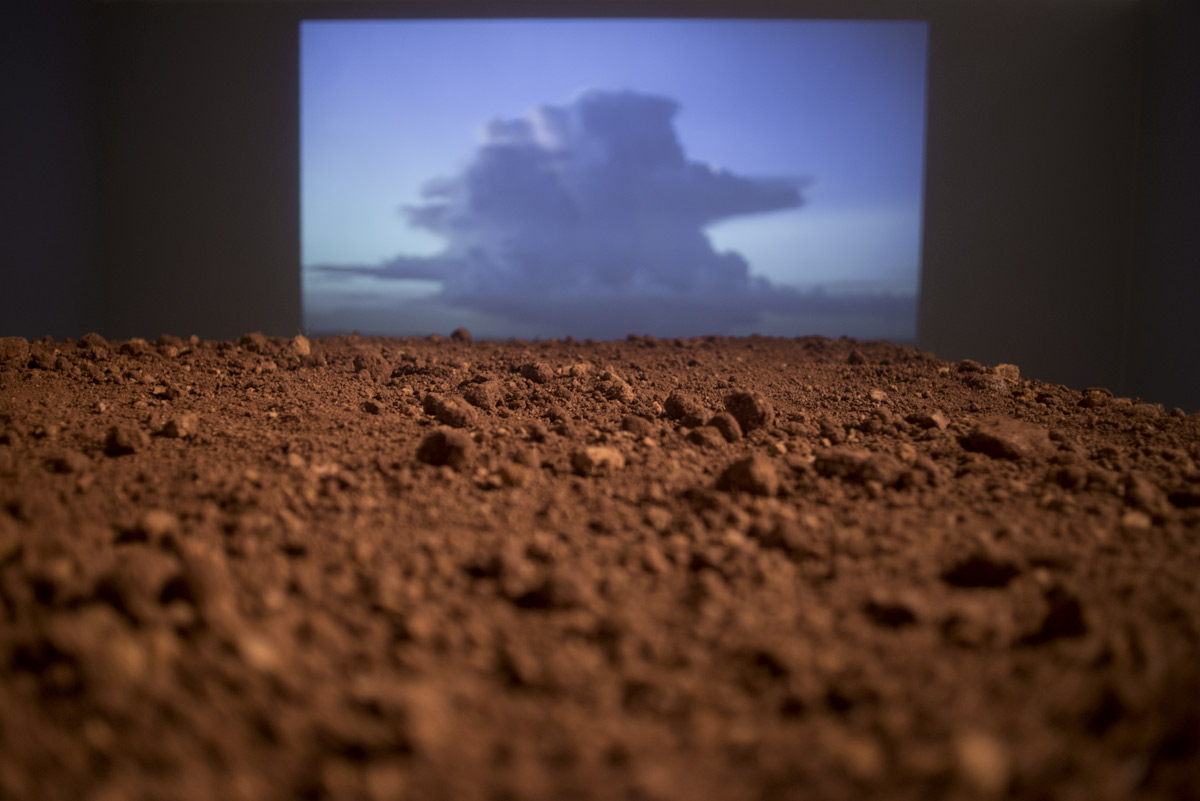

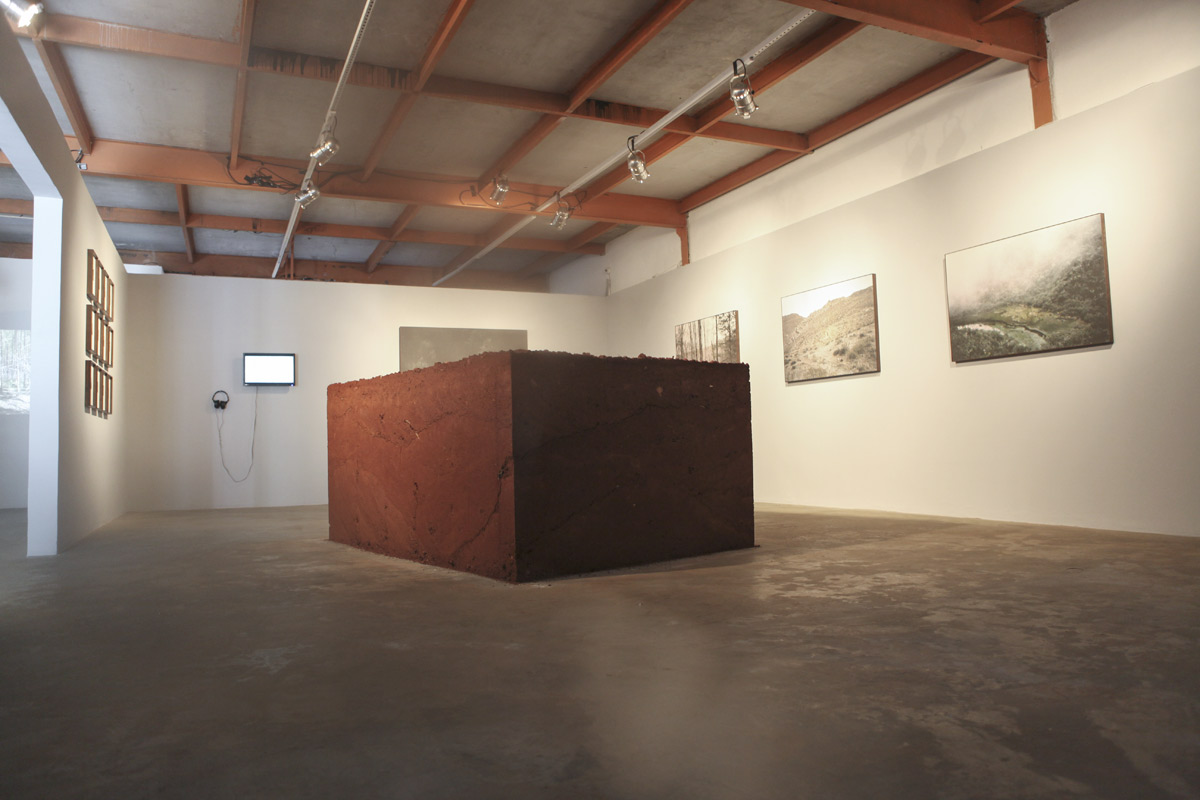
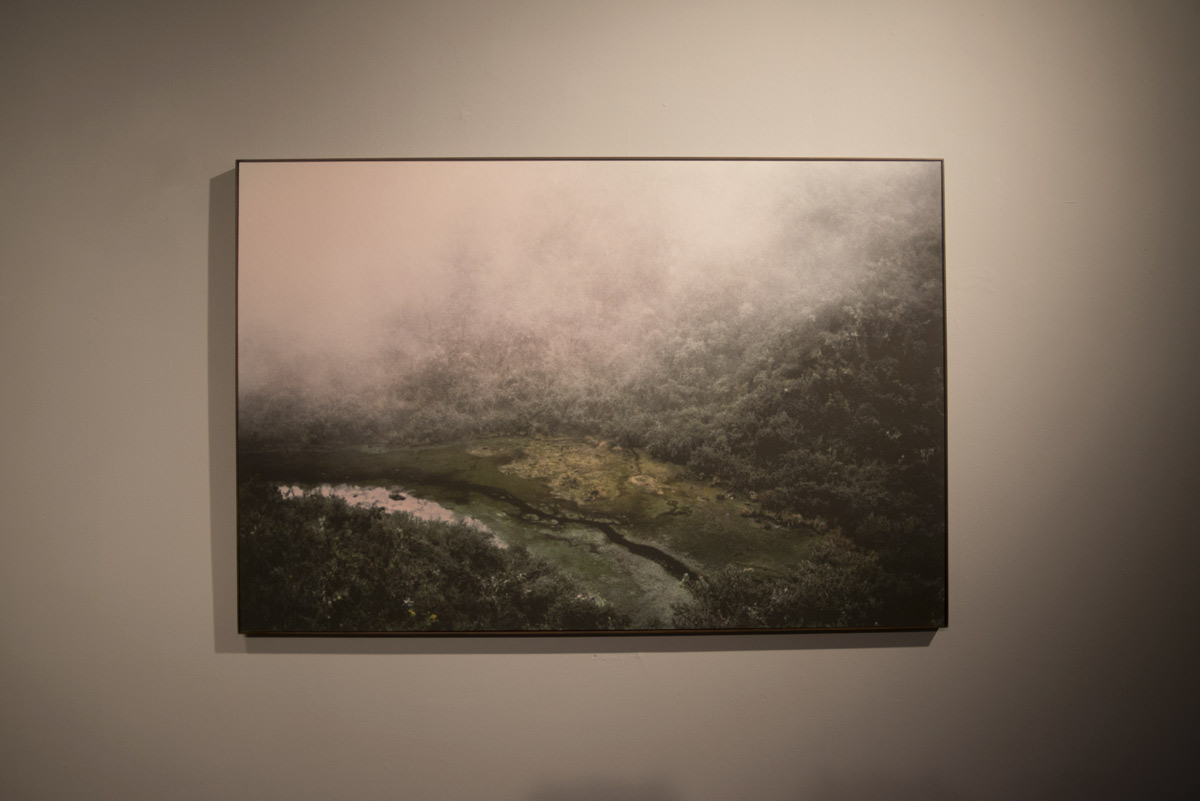
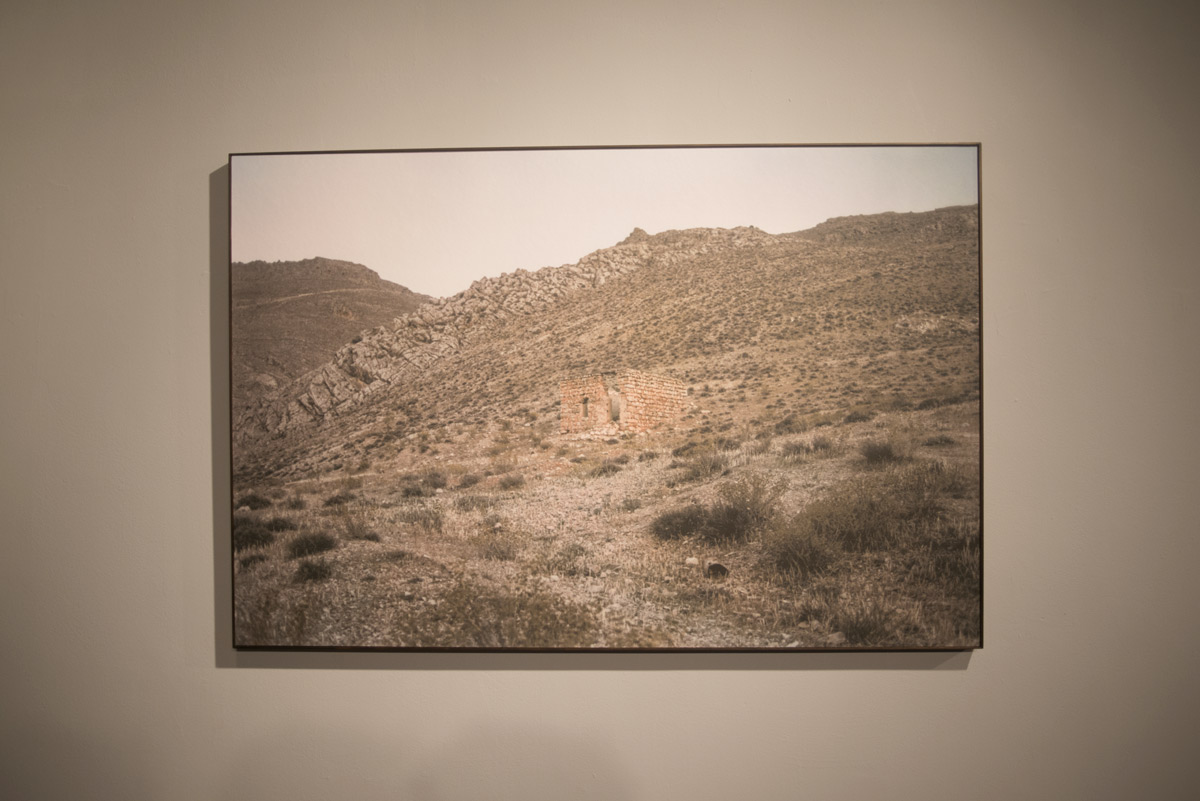

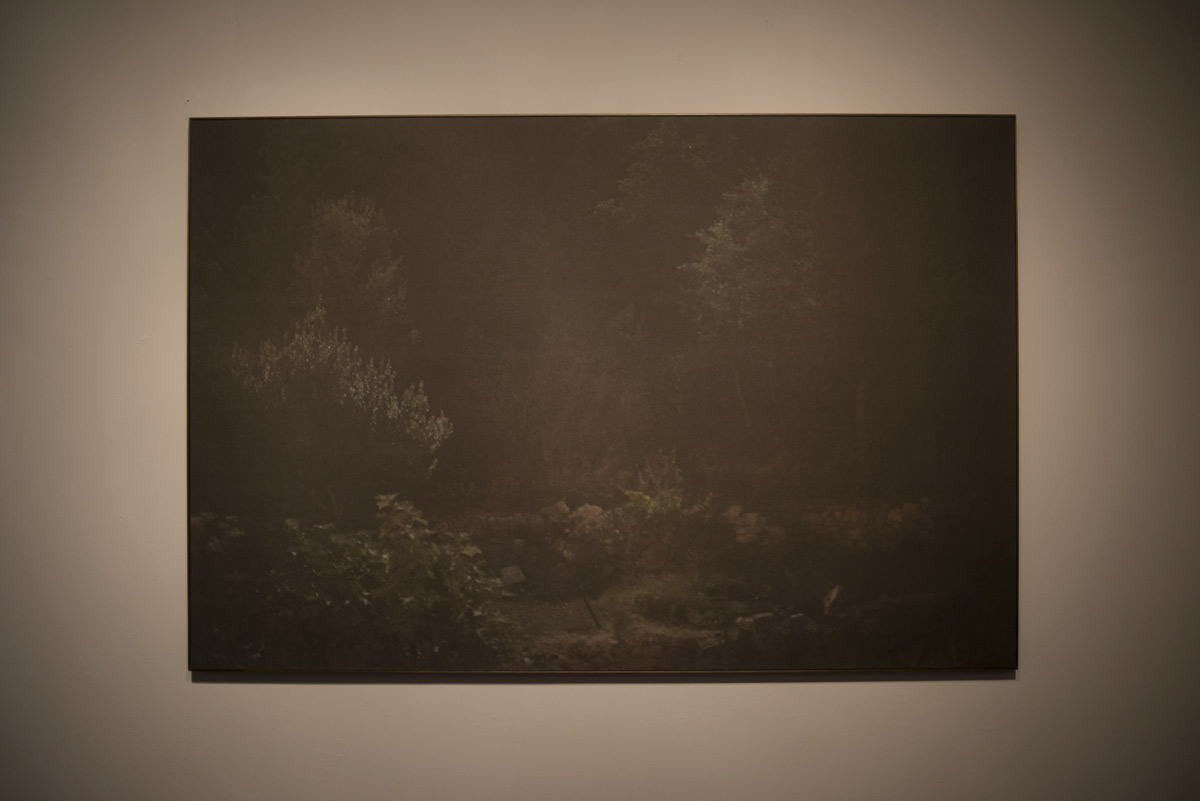

“Se partires um dia rumo a Ítaca
faz votos que o caminho seja longo”
“Ítaca”, Konstantinos Kaváfis
“Ítaca”, o poema de Kaváfis citado acima, exorta o leitor a desejar uma viagem longa, repleta de descobertas. Trata-se de uma viagem de regresso: Ítaca é a cidade natal de Ulisses, para onde, ao longo da Odisseia, ele tenta retornar. Abençoada e amaldiçoada ao mesmo tempo, a jornada dá o sentido da narrativa; nela, o lugar de origem permanece como norte, promessa constantemente atualizada, mas sempre por cumprir.
A exposição Terra, de Gui Mohallem, parte desse mesmo princípio: é a viagem que guarda o significado da terra natal. Diferente das séries anteriores do artista, produzidas durante viagens para lugares específicos, o conjunto de fotos e vídeos exibidos aqui tem origem em contextos distintos. São obras que já não anunciam a descoberta de um lugar sagrado; não se trata mais da busca por um lugar de pertencimento – uma terra prometida. Estas paisagens surgem, ao contrário, de uma crise do território, ao mesmo tempo pessoal e política. São a terra que temos, fragmentos da busca pelos nossos lugares – de origem, de destino – insistentemente perseguidos.
A escultura no meio do espaço é o elemento central de toda a exposição. Com forte carga negativa – pois trata-se de um volume retirado da terra, que deixa atrás de si uma cova vazia – é, ao mesmo tempo, resultado de um grande esforço construtivo, como um monumento à terra natal. Em torno dessa espécie de negatividade positiva giram as outras obras exibidas em Terra: elas trazem o olhar de alguém sobre seu passado, mas evocam também uma promessa obscura, como se algo estivesse na iminência de se revelar. E aqui, neste tempo ambíguo, aguardamos a chegada da tempestade.
”



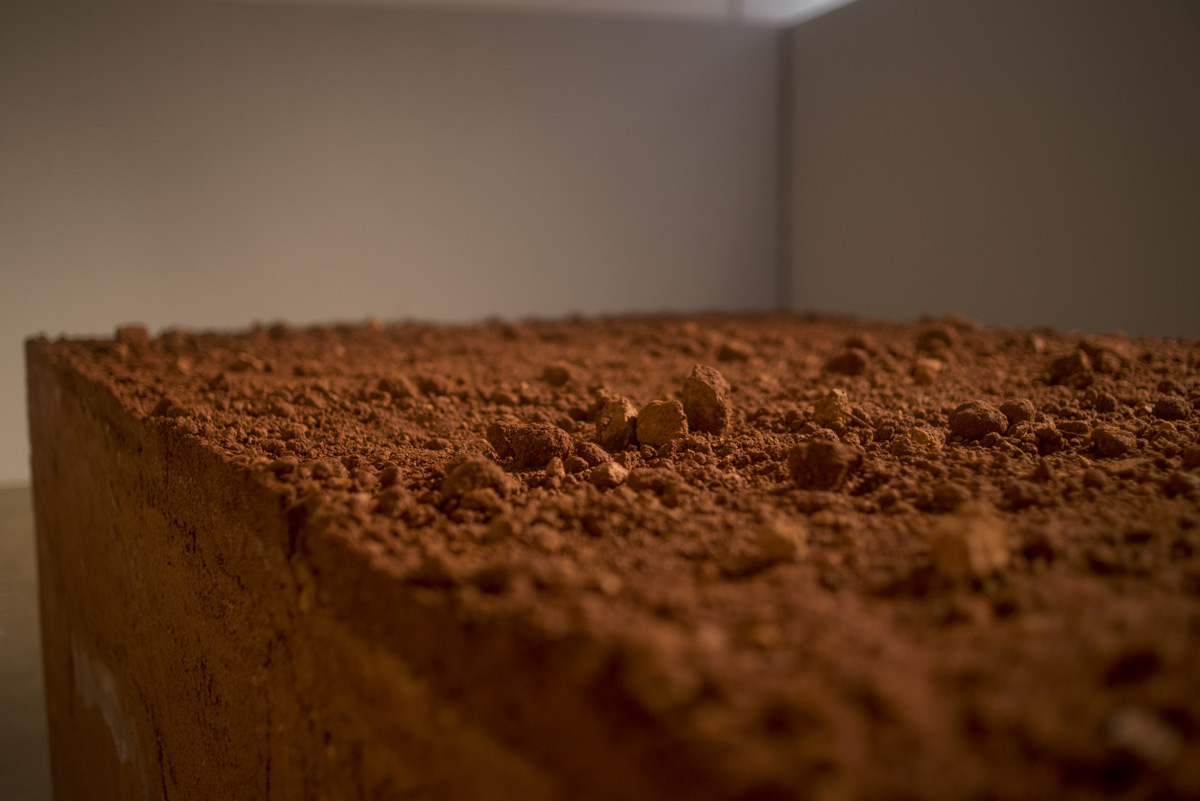

“As you set out for Ithaka
hope the voyage is a long one”
“Ithaka”, Constantine Cavafy
“Ithaka”, the aforementioned poem of Cavafy, urges the reader to wish for a long journey, filled with discoveries. It is a homebound voyage: Ithaka is the birthplace of Odysseus, to where he tries to return all the way through the Odyssey. Equally blessed and cursed, his journey gives meaning to the narrative; the place of origin continues to be the destination, a constantly updated promise, yet always to be accomplished.
Earth, the exhibition by Gui Mohallem, departs from this very same principle: it is the travel that preserves the meaning of the native land. Unlike the artist’s previous series, produced on the context of journeys to specific places, the set of photographs and videos here exhibited stem from different circumstances. They are pieces that do not herald the discovery of a sacred place; it is no longer a matter of looking for the place where one belongs, the Promised Land. The landscapes rise rather from a crisis of the territory, simultaneously of personal and political character. They are the earth we can hold on to, insistently pursued fragments of the quest for our places – of origin, of destination.
The sculpture right in the middle of the space is the key element of the whole exhibition. Bearing a strong negative aspect – since it is a mass withdrawn from the earth, thus leaving behind an empty grave – it is, at the same time, the result of a major constructive endeavor, some sort of monument to the hometown. Surrounding this form of positive negativity, revolve the other works shown in Earth: they convey the regard of someone over his past, but also evoke a dismal promise, as if something was about to be revealed. And here, in this ambiguous field, we expect the arrival of the storm.
Gabriel Bogossian, curator
